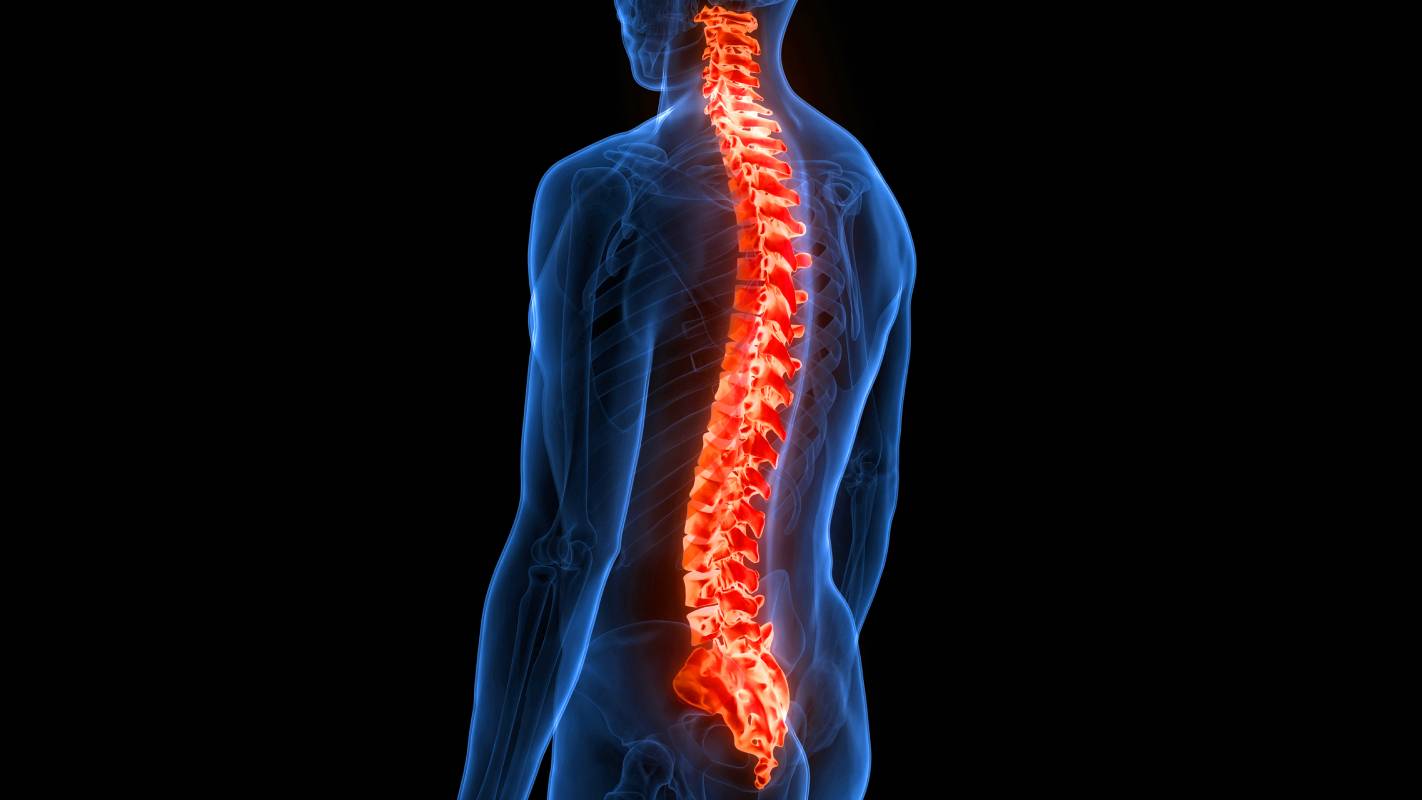Persistent pain can cause significant debilitation and impose a substantial burden on the affected person and society. Intrathecal pump therapy for pain management is an effective treatment option for patients suffering from chronic pain by administering medication directly into the spinal fluid via a specialized pump inside the patient’s body.1 This targeted approach offers continuous medication delivery and can provide patients with long-term relief from pain.1
In cases where minimally invasive interventional pain management techniques prove insufficient in alleviating pain, it may be appropriate to consider continuous intrathecal administration of analgesics via a pump as a potential solution.6 Intrathecal morphine administration has been a traditional method fortreating chronic pain.8 However, recent developments in intrathecal pump therapy have led to more modern medications, such as clonidine and hydromorphone, as well as wireless delivery systems, that have advanced pain management.8 These recent developments offer chronic pain patients new alternatives for pain management that could result in better outcomes. Another study assessed intrathecal Ziconotide as a first-line analgesic medication option for patients experiencing neuropathic pain.3 Ziconotide is an FDA-approved novel intrathecal analgesic drug developed for treating severe and chronic pain in patients who are non-responsive or intolerant to systemic analgesics or intrathecal morphine.7 Due to its limited ability to traverse the blood-brain barrier, Ziconotide can only be administered intrathecally.7 It is advisable to administer Ziconotide via a single-shot bolus into the intrathecal space before placing an intrathecal pain pump for pain management.7
Childbirth is a demanding experience that can lead to considerable discomfort and is another situation in which intrathecal pumps are relevant. To manage this, epidural analgesia is often used as a highly effective form of pain relief during labor and is considered the gold standard. 5 Administering medication via direct injection into the cerebrospinal fluid can result in lower dosage requirements and decreased adverse side effects compared to conventional oral or systemic delivery methods. 5 This approach typically involves using a catheter placed in the epidural space through which medication is administered continuously. 5 In some cases, patients may also have the option to supplement their medication regimen with additional doses delivered via a programmable pump, referred to as patient-controlled epidural analgesia.5 However, there has been a growing interest in using bolus dosing rather than the traditional continuous basal infusion for maintenance analgesic medication delivery.5
Effective chronic pain management through intrathecal pump therapy offers an efficient way to provide long-lasting relief to patients. This treatment option can successfully alleviate various types of chronic pain, including labor and cancer-related pain. However, careful patient selection and management are necessary to ensure optimal safety and efficacy, as intrathecal pumps carry some risks and require specialized training and expertise for proper placement, management, and programming.4 Adverse events like infection, catheter dislodgement, and overdose may occur, indicating the importance of closely monitoring patients with intrathecal pumps.2 Healthcare professionals should closely monitor patients receiving this therapy, select appropriate medication and dosing, and prioritize maximizing pain relief while minimizing adverse pain aeffects.4
References
- Bhatia, G., Lau, M. E., Koury, K. M., & Gulur, P. (2013). Intrathecal Drug Delivery (ITDD) systems for cancer pain. F1000Research, 2, 96. https://doi.org/10.12688/f1000research.2-96.v4
- Chalil, A., Staudt, M. D., Harland, T. A., Leimer, E. M., Bhullar, R., & Argoff, C. E. (2021). A safety review of approved intrathecal analgesics for chronic pain management. Expert opinion on drug safety, 20(4), 439–451. https://doi.org/10.1080/14740338.2021.1889513
- Deer, T. R., Pope, J. E., Hanes, M. C., & McDowell, G. C. (2019). Intrathecal Therapy for Chronic Pain: A Review of Morphine and Ziconotide as Firstline Options. Pain medicine (Malden, Mass.), 20(4), 784–798. https://doi.org/10.1093/pm/pny132
- Saulino, M., Kim, P. S., & Shaw, E. (2014). Practical considerations and patient selection for intrathecal drug delivery in the management of chronic pain. Journal of pain research, 7, 627–638. https://doi.org/10.2147/JPR.S65441
- Sng, B. L., Zeng, Y., de Souza, N. N. A., Leong, W. L., Oh, T. T., Siddiqui, F. J., Assam, P. N., Han, N. R., Chan, E. S., & Sia, A. T. (2018). Automated mandatory bolus versus basal infusion for maintenance of epidural analgesia in labour. The Cochrane database of systematic reviews, 5(5), CD011344. https://doi.org/10.1002/14651858.CD011344.pub2
- Ver Donck A, Vranken JH, Puylaert M, Hayek S, Mekhail N, Van Zundert J. Intrathecal drug administration in chronic pain syndromes. Pain Pract. 2014 Jun;14(5):461-76. doi: 10.1111/papr.12111. Epub 2013 Oct 4. PMID: 24118774.
- Wie, C. S., & Derian, A. (2022). Ziconotide. In StatPearls. StatPearls Publishing.
- Nersesyan, H., & Slavin, K. V. (2007). Current aproach to cancer pain management: Availability and implications of different treatment options. Therapeutics and clinical risk management, 3(3), 381–400.
